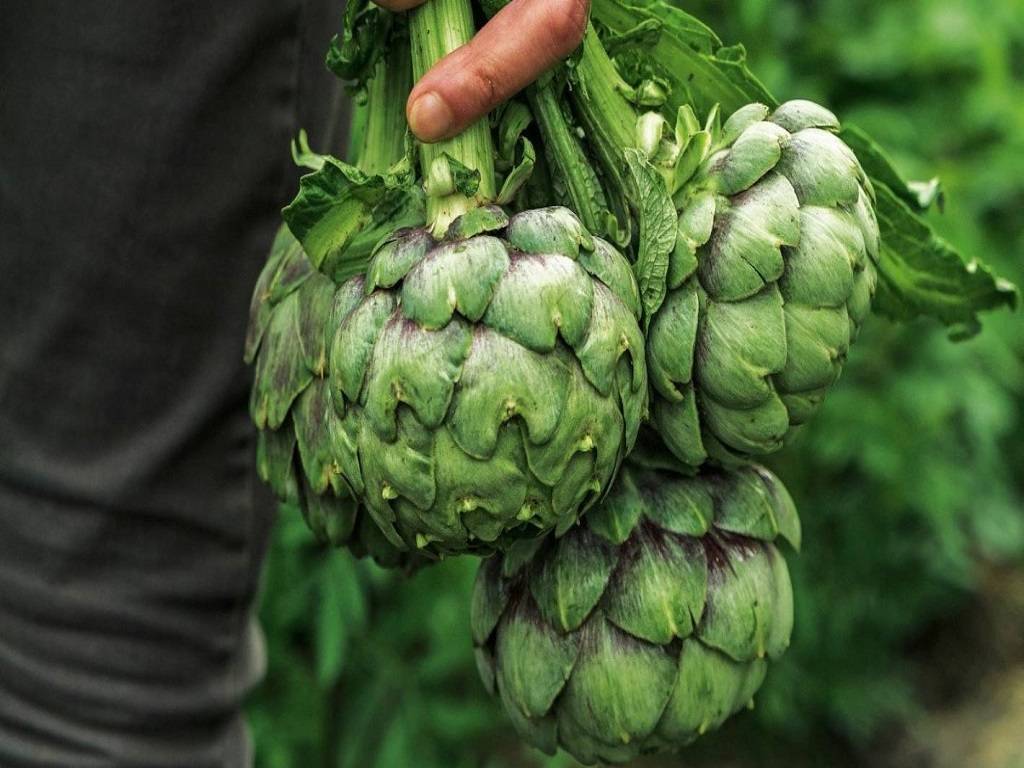
Artichoke is a member of the thistle family and is regarded as a gastronomic treat. Moreover, it can be easily cultivated at home.
There are several references to Jerusalem artichokes in India from the 19th century. According to the Indian English lexicon Hobson-Jobson, they were known as "Hathipich," which is possibly a pun on the name "Hattychook" that malis gave to globe artichokes.
Artichokes, which are high in iron, vitamin C, folate, and fiber, support good digestion, blood pressure regulation, and blood sugar regulation. It has long been used to maintain bodily health and will be a wonderful addition to your veggie garden!
Although artichokes may be grown at various times of the year, India's chilly climate is ideal for a perpetual crop. In other words, the optimal season to produce artichokes is from December through February.
About Artichoke:
Scientific Name: Cynara cardunculus var. scolymus
Family: Asteraceae
Artichokes: Where to Plant Them
On the balcony or the patio, artichokes can be planted. They are at ease growing in both raised beds and containers.
Artichokes do best in full light, though, so it's crucial to keep that in mind wherever you plant them. While little shade is effective, direct sunshine is the best. In addition, because artichokes are water-loving plants, the location must have simple access to a supply of water.
Planting Artichokes
Start by indoor seeding artichoke seeds in separate 4 cm or 10 cm seedling trays. Make sure the tray has drainage holes at the bottom before adding moist cocopeat on it to sow. Place 2–3 seeds per cell or cup at a depth of 0.5. (Pro Tip: To hasten the germination process, immerse the seeds in warm water overnight after receiving them.)
Germination: Although they will begin to grow in 6–8 days, you shouldn't transfer them for 3–4 weeks. Spray 2 spoons of water daily for the first week; thereafter, just 1 spoon will do.
Transplantation: Either transplant the seedlings in raised beds or containers after three to four weeks.
Containerized Artichoke Growing
If you intend to plant in containers, make sure the pots are between 36 and 40 inches in diameter. Even if you decide to use a larger size, only plant one seedling per pot. This is so that they may expand, as artichokes typically reach heights of 5 feet and widths of 6 feet.
Only the leaves of the plant should be visible above the earth, with the roots buried underneath it. Water the plant just enough to maintain wet soil.
Care and Management of Artichokes
1. Always keep the soil wet.
2. Use premium-textured, draining soil that is rich in nutrients.
3. To keep the plant wet, water it uniformly (by spraying rather than with a single flow). Be careful not to overwater it.
4. To maintain soil moisture, practice mulching around the plants.
5. When the plants start to bud, avoid mulching.
6. Keep the plants in a location with lots of sunshine.
7. When transplanting, amend the soil using cow dung or vermicompost in a 2:1 ratio.
8. Keep an eye out for fungus infections. Spray appropriate medications if discovered.
Harvesting Artichokes
When you first notice the flower buds forming is the ideal time to pick artichokes. The buds must be inflated yet tightly closed since the plant is picked before the petals unfold.
The harvest is anticipated to occur 80 to 100 days following transplanting.

A sharp knife should be used to pick the artichokes. Cutting the artichokes across the stem should occur around two inches below the bud. To prevent discoloration, take off the tough outer leaves and brush an artichoke with lemon or soak it in lemon water.
For the main meal or side dish, artichokes can be grilled, stuffed, steamed, or boiled.
Insight: The bud develops into a violet-blue, 7-inch bloom if it is not plucked.
















